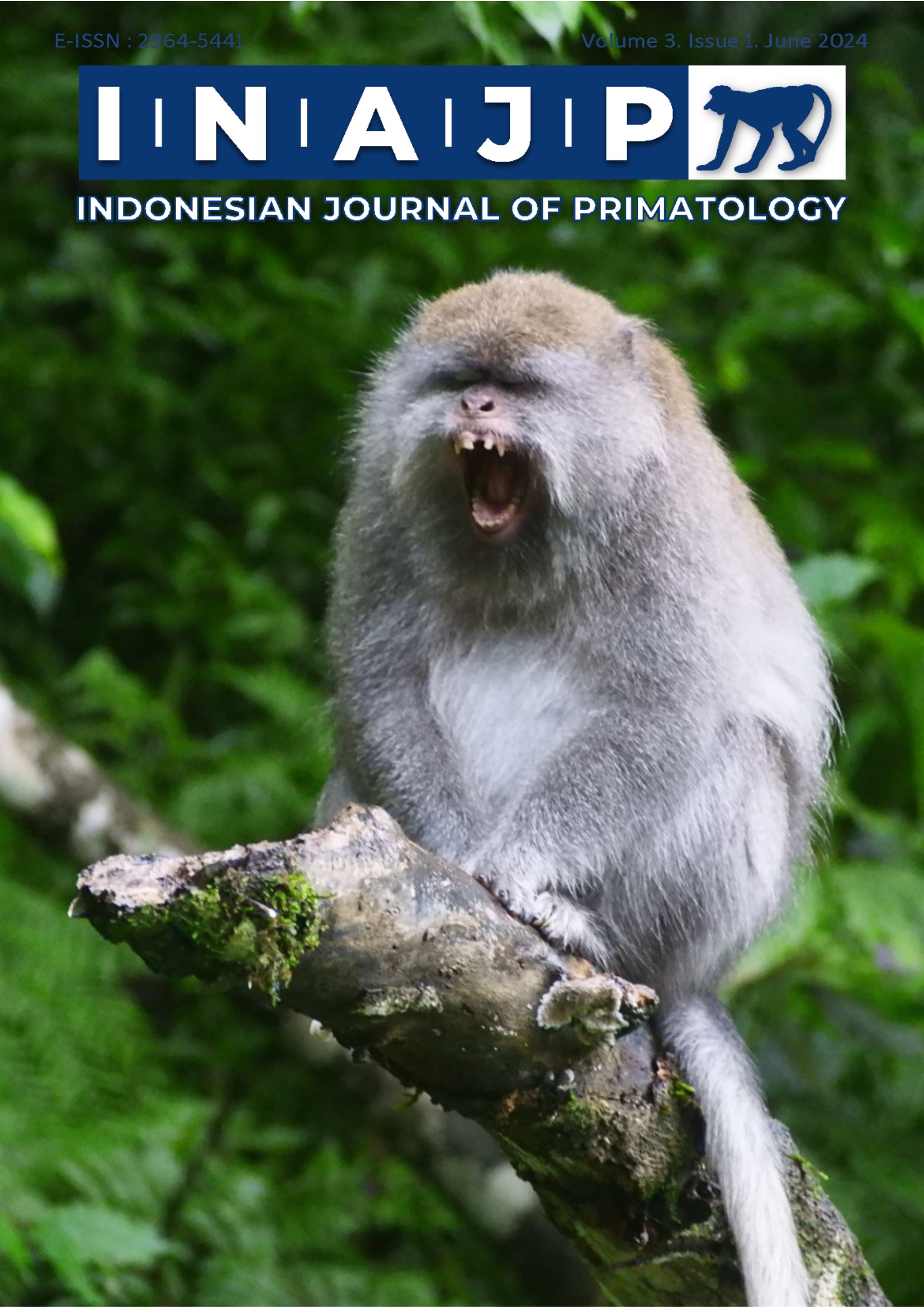A Case Study of Suspected Pseudomonas putida Infection in Macaca fascicularis by Histopatholohical Analysis of the Organs of Lungs, Liver, Spleen, and Kidneys
Abstract
Pseudomonas putida is a gram-negative, rod-shaped, flagellated bacterium that found in soil and water habitats where there is oxygen. The bacteria was obtained through bacteria culture from organs swab of Cynomolgus monkey, Macaca fascicularis. This study aims to evaluate and analyse the histological slides of Macaca fascicularis organs including the liver, kidneys, lungs, and spleen that are suspected of Pseudomonas putida infection,. The most common lesion found is cell necrosis which can be seen in lungs, liver and spleen samples. Another lesion that can be found in liver, lungs and kidneys are congestion around the cells, whereas haemorrhages can be found in red pulp and capsules of the spleen as well as the tubules of kidneys. Abundant inflammatory cells can be found in all the organ sample, such as liver, lungs, spleen and kidneys as all the organs are infected with the bacteria. The last lesion that can be found in lungs sample is benign pulmonary nodules. Based on the histopathological analysis, we can conclude that the most affected organs caused by P. putida infection is the lungs whereas the least affected organs by P. putida are the kidneys.
Copyright (c) 2025 Indonesian Journal of Primatology

This work is licensed under a Creative Commons Attribution-NonCommercial 4.0 International License.
As our aim is to disseminate original research articles, hence publishing rights is necessary. The publishing right is needed in order to reach an agreement between the author and publisher. As the journal is fully open access, the authors will sign an exclusive license agreement, where authors have copyright but license exclusive publishing rights in their article to the publisher. The authors have the right to:
- Share their article in the same ways permitted to third parties under the relevant user license.
- Retain patent, trademark, and other intellectual property rights including research data.
- Proper attribution and credit for the published work.
For the open access article, the publisher is granted the following rights.
- The exclusive right to publish the article, and grant rights to others, including for commercial purposes.
- For the published article, the publisher applied for the Creative Commons Attribution-NonCommercial-ShareAlike 4.0 International License.

This work is licensed under a Creative Commons Attribution-ShareAlike 4.0 International License.















